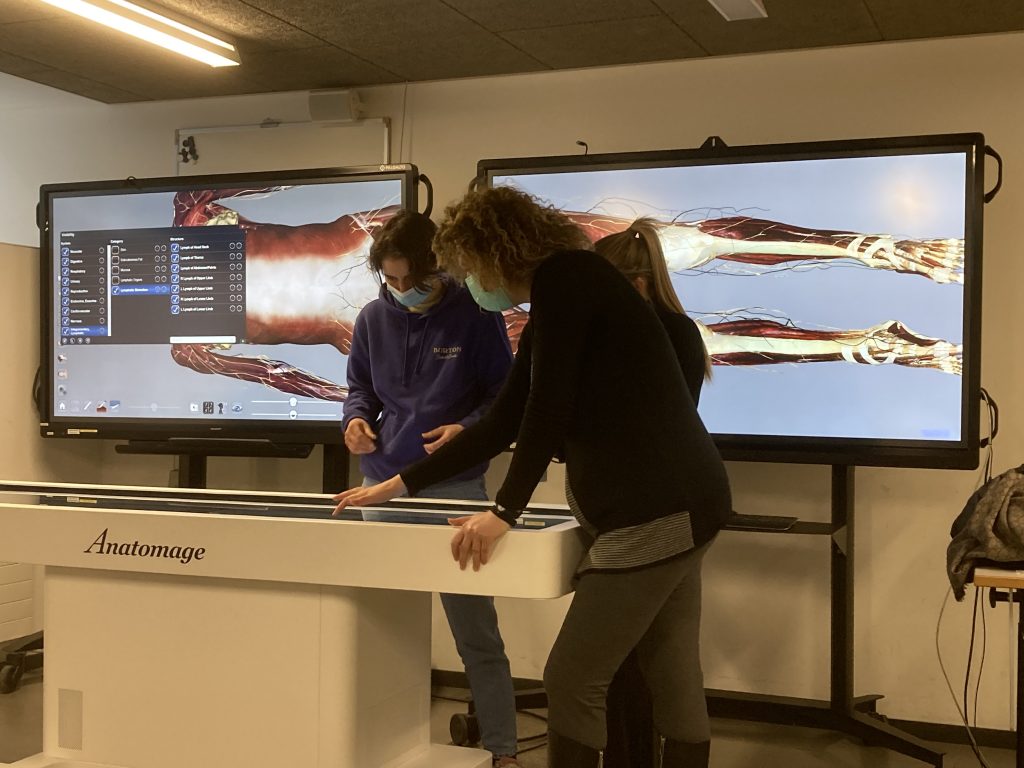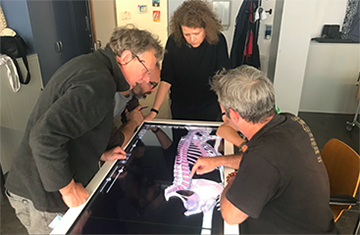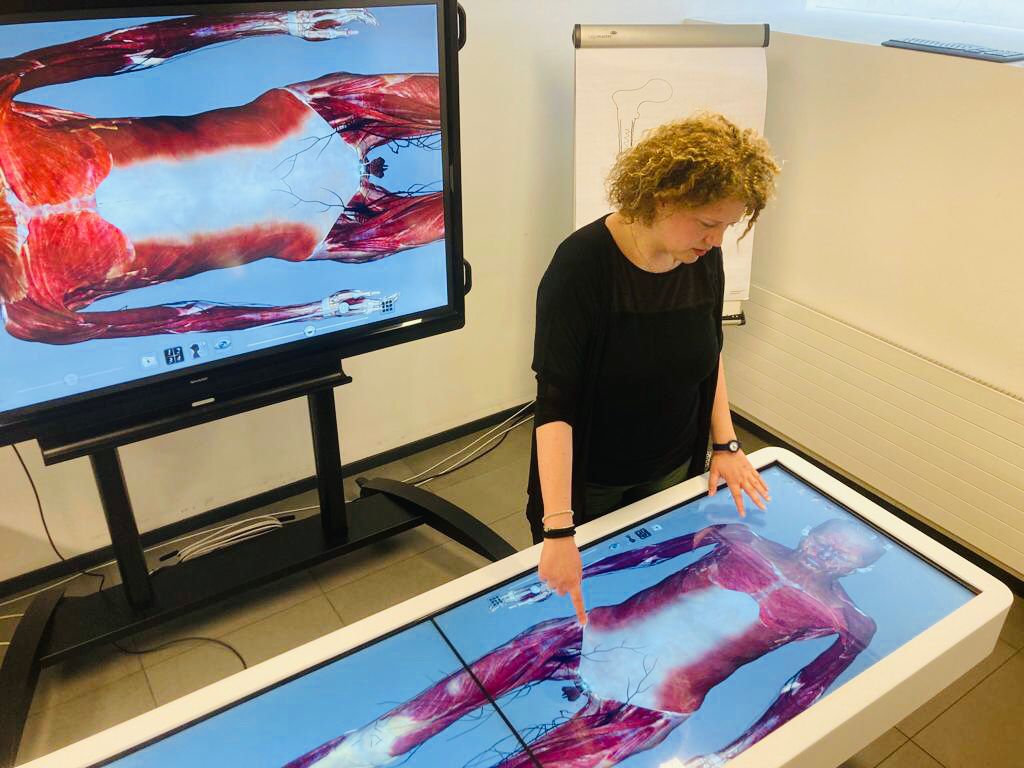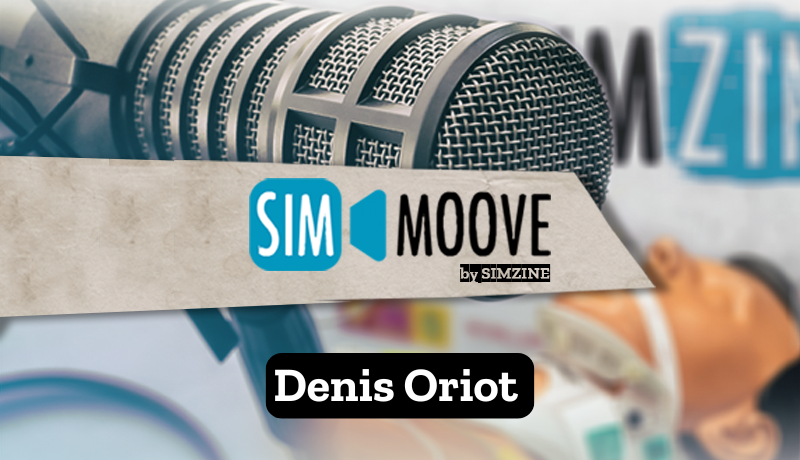The story of how a virtual anatomy table was a discovery for everyone: teachers and students
Virtual corpses can be a real find!
This is the premise and I will explain why.
About four years ago I had the opportunity to become a specialist in an innovative 3D imaging simulator for human anatomy, a virtual anatomical table [Anatomage Table] [Anatomage Table] at the CeSi Simulation Center (CPS, Lugano, CH): it was the first this type bought in Switzerland and used in very few European realities, came from the United States, the country of great discoveries, you know. I immediately understood the great potential of the tool: four real corpses donated to science, dissected and digitized, the possibility of accessing hundreds of clinical cases and seeing them in 3D. I told myself: “Teaching anatomy, from now on, will never be the same!”
The first discovery was mine, there is no need to deny it.
I started to use the tool, or rather to learn how to use it. My researcher’s mentality -thus explorer of new experimental realities- helped me in this. At the beginning you can get discouraged by the different commands that the instrument presents, but with patience everything gets easier, especially if the final result is to visualize a virtual anatomy with a 3D cadaver, which allows you to “enter” the organs, dissect them virtually, isolate them and rotate them in space.
I was faced with the possibility of creating a different teaching method: interactive and attractive. This has deeply motivated me to discover the full potential of this tool, in order to understand what kind of teaching can be offered.

At that point, I had to show the tool to other teachers.
I must admit that it wasn’t always easy to get them to use it. Many teachers had been teaching “traditional anatomy” for years, with two-dimensional images taken from textbooks, and they told me they were happy with it. But I didn’t give up and added: “Give me a chance, let’s try to give the same lesson you would on the cardiovascular system with virtual anatomy. I’m going to help you.” Having gained a modicum of confidence in this new technology, I started my demo: I used virtual cadavers, configured the cardiovascular system, highlighted in different colors to make it simpler and didactically intuitive, I rotated in space, enlarged, reduced and simulated blood flow, took off the breathing apparatus and put it back on, visualized the cavities, dissected the heart as it beat, visualized it in transparency, opening and closing the valves, turning it up and down… The teachers watched all this to great amazement. Now they finally understood the potential! A virtual anatomy lesson can be created from a real cadaver, it can be customized, new images can be created: finally it was no longer the lesson that fit the teaching material found in books or online, but the teachers who created the appropriate teaching material for their lesson. Great find, nothing to add!

Well, let’s move on to the students.
I welcomed them into the classroom, they placed me behind the anatomical table and behind me, the virtual cadaver I would use was shown on two large screens. As soon as the students entered, they looked at me curiously: they had already understood that it would not be the “usual” anatomy lesson. They sat. Silence. Eyes on me. Not a single word and movement were missed during the lesson. I began by telling the story of the anatomical table, why it was created, what its features and potential were, and how we would use it. During the lesson, I managed to catch their attention: many of them had already studied the basics of anatomy but had never seen it this way. They began to rework their knowledge, to ask for more information. With curiosity and enthusiasm they approached the table to seek the answers to their questions. Here, finally, a truly interactive lesson! “Well guys, the lesson is over, thanks!” I said at the end, and their answer was: “But why? Can we stay longer?” Well, if that’s not another great find!

READ ALSO






































